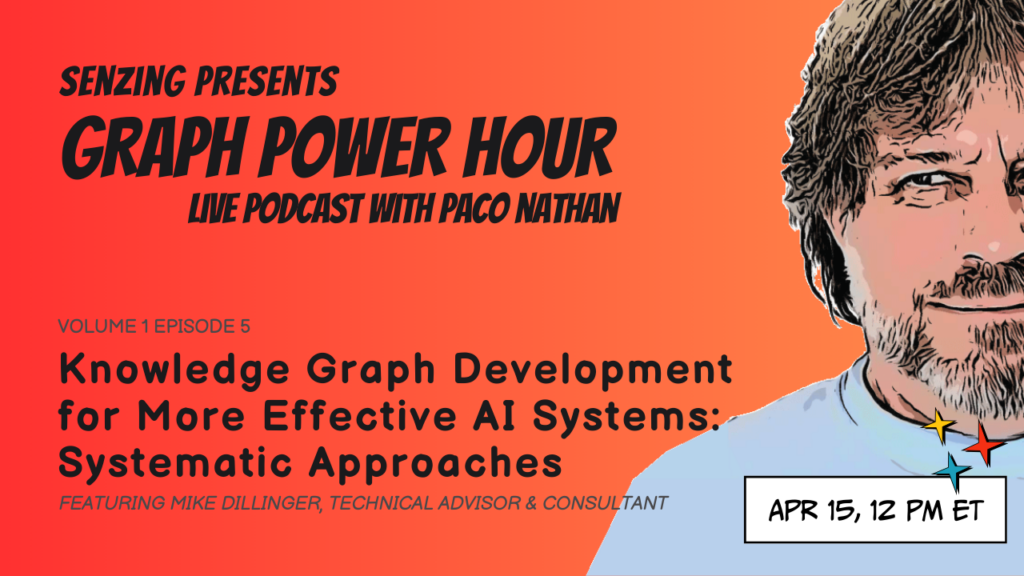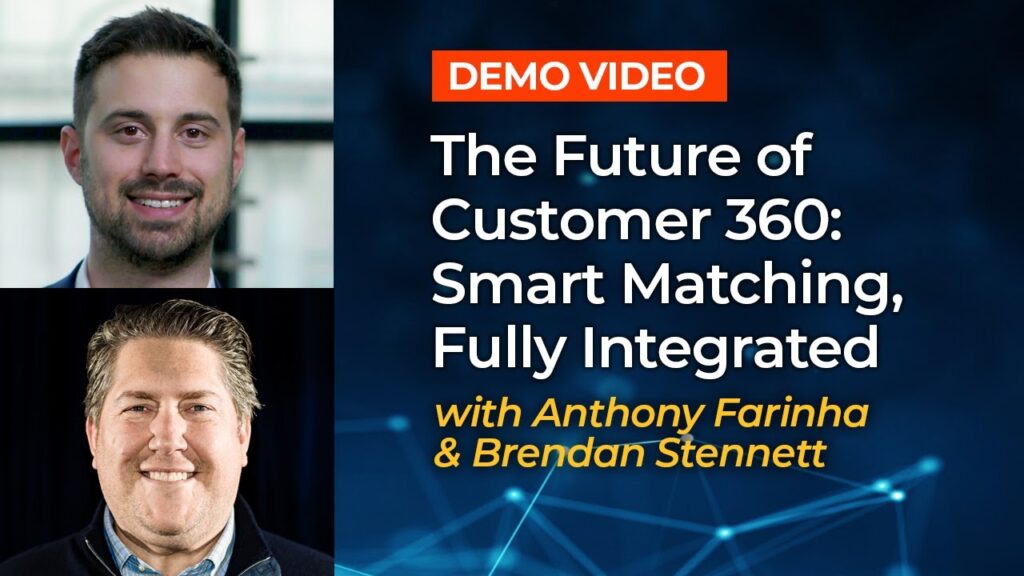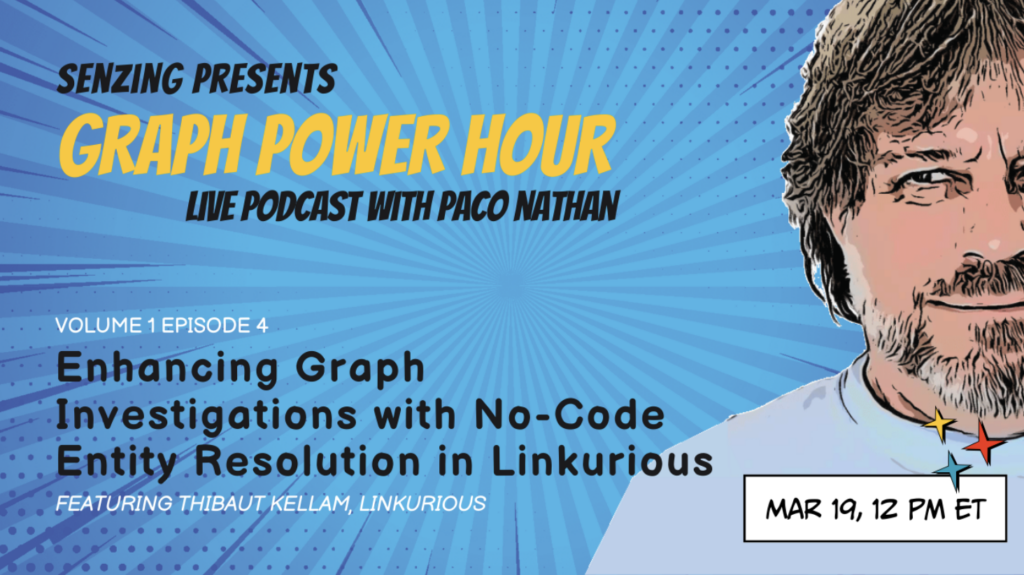Total Cost Of Ownership Metrics For Entity Resolution
Are you taking into account long-term total cost of ownership (TCO) when evaluating entity resolution software? Watch this video to find out about some important TCO cost metrics for entity resolution solutions and how to calculate TCO.
What goes into the TCO calculations for entity resolution and how to calculate TCO? For starters, how much hardware do you need – one or two systems? Then, how many people are required to get it up and running? To add new data sources? To maintain and manage it over time?
All of these factors impact operational costs and TCO. Has your organization clearly defined how to calculate TCO for your entity resolution solution? If not, read our blog 3 Mistakes to Avoid When Evaluating Entity Resolution Software for a deeper dive into what you should consider.
Video Transcript
Timestamps
0:00 Introduction
0:14 Basic Entity Resolution Features You Need
0:46 Evaluating Entity Resolution Operating Costs
1:04 Evaluating Resources Needed for Entity Resolution
1:24 Senzing Total Cost of Ownership
1:52 Senzing Entity Resolution Low Total Cost of Ownership
Make sure, when you’re evaluating your entity resolution decision about what technology you’re going to buy next, [that] you’re thinking about the total long-term total cost of ownership.
0:14 Basic Entity Resolution Features You Need
Sure, you’ll have already checked accuracy, scalability, performance, low latency, does it run the cloud… check, check, check. But what’s it going to cost to operate? How many full-time people does it take to run it? How many instances of the system are required?
For example, in batch-based systems, you’re going to have an A system and a B system. While you’re reloading on system B, you’re going to be providing real-time services on A and then flip.
Well, guess what? By having two systems, you’ve got twice the hardware infrastructure, and you’ve got all the logistics around it in the switchover.
0:46 Evaluating Entity Resolution Operating Costs
When you’re running a Senzing® entity resolution engine that’s transactional, you don’t need an A/B system. You can be running the data while you’re loading batches of new reference data – for example, corporate hierarchies while you’re doing queries and deletes – while you’re doing or making sure you don’t get duplicates while onboarding in a single system without having to reload.
1:04 Evaluating Resources Needed for Entity Resolution
The other thing is how many people, how many experts are required to kind of hover around it to onboard new data sets? With Senzing, you’re going to find you don’t have to have dedicated, you know, crème de la crème expertise. You can take those smartest people in your organization and you can apply them elsewhere.
1:24 Senzing Total Cost of Ownership
So, the Senzing total cost of ownership is really unprecedented. The best example I have is ericstates.org. This organization runs two-thirds of America’s voter registration. Thirty-six states plus D.C. [including both] blue states and red states. Their entire IT department runs hundreds of millions of records producing reports for all these election offices. Their entire IT department is two people! To run everything, not just Senzing. [For] Senzing, they use their pinky.
1:52 Senzing Entity Resolution Low Total Cost of Ownership
You’re going to wish that you had a low total cost of ownership system when you’re running entity resolution and not a system that’s going to cost you literally millions just to run yearly. Not to mention new versions of Senzing which get updated monthly. The speed with which you can integrate new versions of Senzing is minutes – like you can hold a breath. That’s right.
Anyway, check out Senzing and think about total cost of ownership when you’re making your next decision. It’s important to understand how to calculate TCO.





